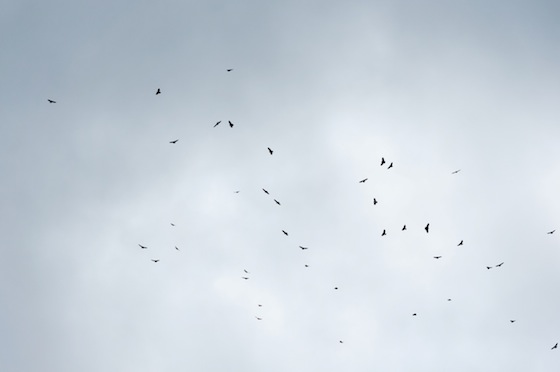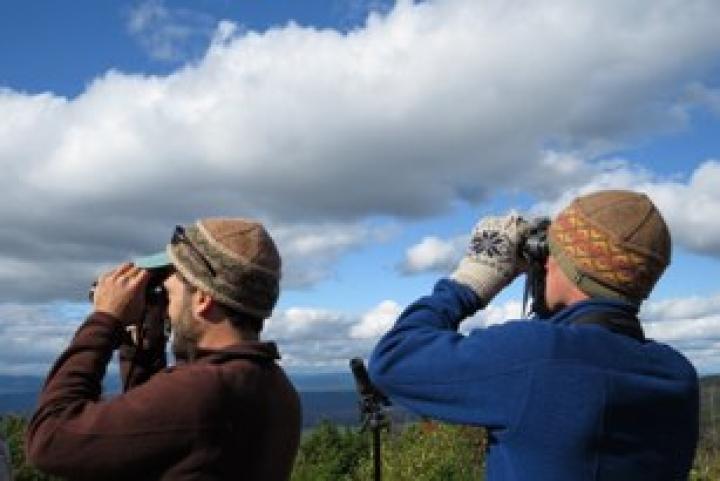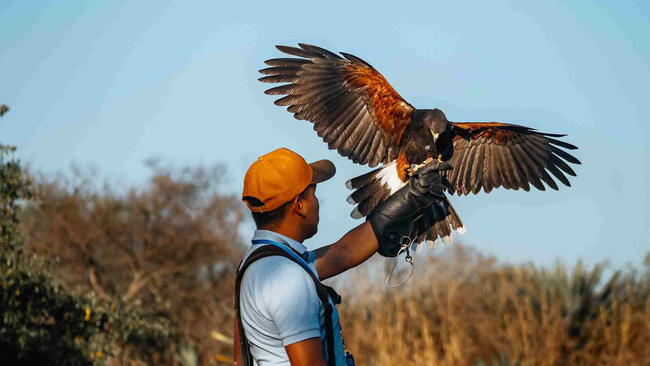
Subhead
Get ready for hawkwatching!
I guess since I live in the South, I don't see this mass hawk migration. Ours pretty much stay here. We do see some geese and lits of songbirds and hummingbirds going south. That's always fun!
At the very beginning of October I saw at least 75 or more different birds of prey soaring and circling above our city landfill in Fargo, ND. I had never witnessed this before but realized they must be migrating south and looking for a meal before traveling on.
So where do the Southern hawks migrate to? I'm asking because the migratory response to fly somewhere else for winter would be a natural instinct correct? So wouldn't a hawk in the South have that same built in instinct to fly somewhere else?
My kids and I often hike in South Central Indiana you can see many a hawk, and we are nowhere near mountain ranges. It's easiest around bodies of water and forests. They have a unique call.
My chickens will be relieved to hear this...
Yes. My birds and squirrels will be happy too. The hawks are so bad in my area , in NC. I've lost so many of the squirrels I fed by hand. So glad the hawks migrate.
Amen to William, it's been a tough and aggressive migration this year in East Texas.
Chickens fought a good fight but did not win against the Red-tailed Hawks,
In the 80's and up to about 1995, you could drive on the Route 29 corridor from Culpeper, VA to 66 and see literally rivers of birds. The flow was especially magnificent in sections with the backdrop of the mountains. I also visited a wildlife refuge in NE NC and videod Artic tundra swans in huge numbers. When changing areas to feed, a few birds start and suddenly you have a wedge tornado shaped flying formation that is incredible to see. Alas now days I see fewer birds anytime of the year. I still stop and look/listen when I get the chance to see the birds.
how many birds do the fields of wind turbines along these migration routes kill each year?
It’s ironic how this ‘cost’ to wind turbines is acceptable to the environmentalists, for the sake of ‘certain’ energy sources, however the same acceptance is almost non-existent for the traditional energy resources. I’ve been amazed at the almost silence with the turbines and the loss of wildlife. Hypocrisy at best.
- « Previous
- 1
- 2
- …
- 10
- Next »


.jpg)









Comments